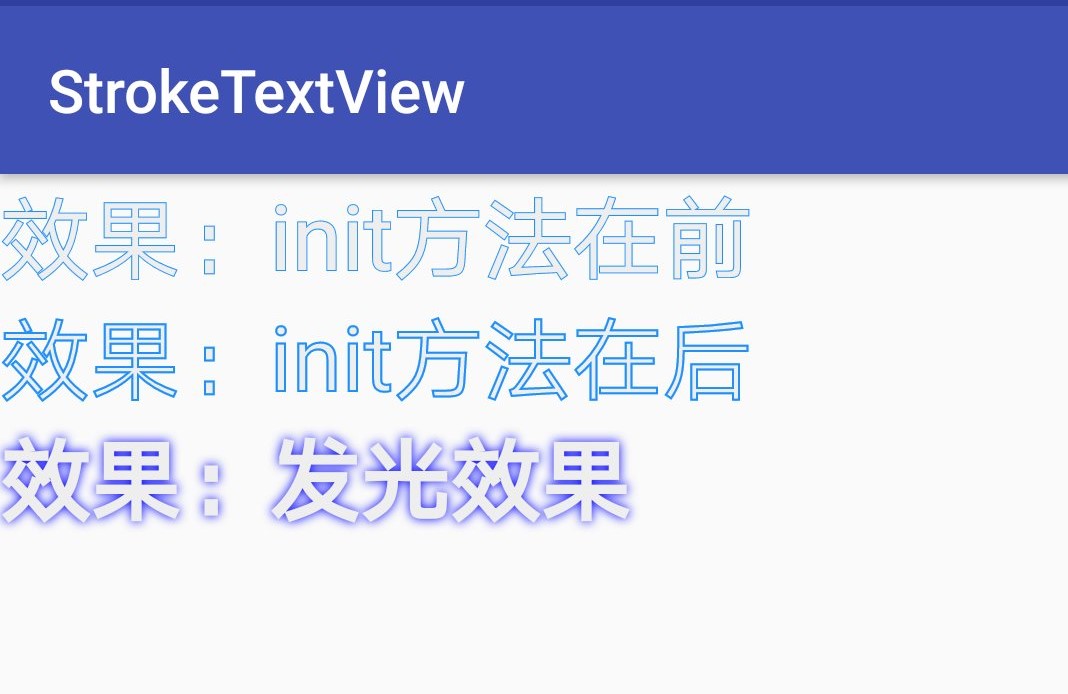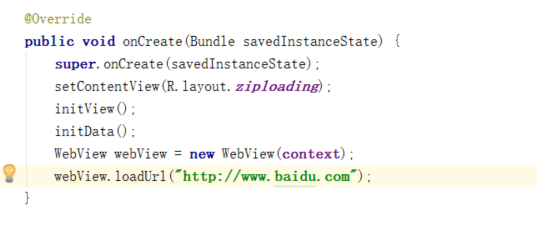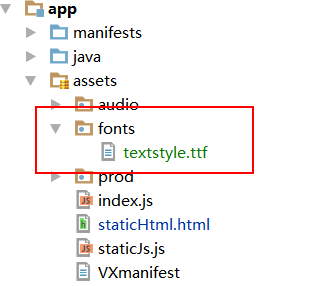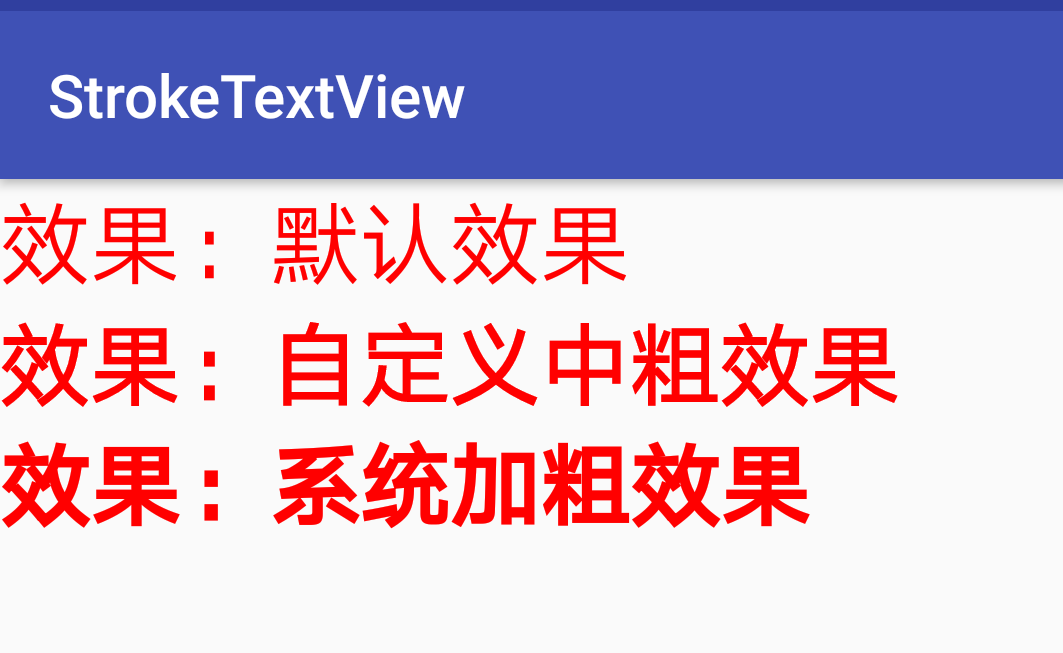借助
Android Lollipop和AppCompat-v7中的新工具栏API,他们正在删除许多自动功能,以使Toolbar / ActionBar更加强大.其中一个是进度条.由于Toolbar只是一个ViewGroup,我假设添加一个ProgressBar很简单.但是,我似乎无法让它正常工作.
我做了以下(使用SmoothProgressBar库):
// I instantiate the toolbar and set it as the actionbar
mToolbar = (Toolbar) findViewById(R.id.toolbar);
setSupportActionBar(mToolbar);
// I create a ProgressBar and set the drawable to the SmoothProgressBar drawable
ProgressBar progressBar = new ProgressBar(this);
progressBar.setIndeterminateDrawable(new SmoothProgressDrawable.Builder(this).color(Color.BLUE).interpolator
(new DecelerateInterpolator()).sectionsCount(4).separatorLength(8).speed(2f).mirrorMode(true).build());
// I add the progressbar to the view with what I thought were the proper LayoutParams.
Toolbar.LayoutParams params = new Toolbar.LayoutParams(ViewGroup.LayoutParams.MATCH_PARENT,20);
params.gravity = Gravity.BottOM;
mToolbar.addView(progressBar,params);
progressBar.setIndeterminate(true);
我认为这可行,因为我只是将一个ProgressBar添加到ViewGroup的底部.但是,它根本没有显示,正在删除标题.下面你可以看到前后.有谁知道如何解决这个问题?我的目标是在操作栏下面放置一个ProgressBar.
之前
后
解决方法
最简单的方法是直接在XML-Layout文件中添加ProgressBar.
1.一次性解决方案
使用RelativeLayout作为root并使用android:layout_below将ProgressBar和主要内容保留在工具栏下方.
<RelativeLayout xmlns:android="http://schemas.android.com/apk/res/android"
xmlns:tools="http://schemas.android.com/tools"
android:layout_width="match_parent"
android:layout_height="match_parent">
<android.support.v7.widget.Toolbar
android:id="@+id/toolbar"
android:layout_width="match_parent"
android:layout_height="wrap_content"
android:background="?attr/colorPrimaryDark"/>
<fr.castorflex.android.smoothprogressbar.SmoothProgressBar
android:id="@+id/loadProgressBar"
style="@style/LoadProgressBar"
android:layout_width="match_parent"
android:layout_height="4dp"
android:layout_below="@+id/toolbar"
android:indeterminate="true"/>
<LinearLayout
android:layout_width="match_parent"
android:layout_height="wrap_content"
android:layout_below="@+id/toolbar"
android:orientation="vertical">
<!-- Your Content here -->
<TextView
android:layout_width="wrap_content"
android:layout_height="wrap_content"
android:text="Content Text"/>
</LinearLayout>
</RelativeLayout>
现在,您可以在Activitiy onCreate方法中访问工具栏和ProgressBar
@Override
protected void onCreate(Bundle savedInstanceState) {
super.onCreate(savedInstanceState);
setContentView(R.layout.activity_main);
toolbar = (Toolbar) findViewById(R.id.toolbar);
progressBar = (SmoothProgressBar) findViewById(R.id.loadProgressBar);
if (toolbar != null) {
setSupportActionBar(toolbar);
}
}
2.使用include的一般解决方案
更通用的方法是将工具栏和ProgressBar放在单独的XML布局文件中,并将其包含在活动布局中.
toolbar.xml
<merge xmlns:android="http://schemas.android.com/apk/res/android">
<android.support.v7.widget.Toolbar
android:id="@+id/toolbar"
android:layout_width="match_parent"
android:layout_height="wrap_content"
android:background="?attr/colorPrimaryDark"/>
<fr.castorflex.android.smoothprogressbar.SmoothProgressBar
android:id="@+id/loadProgressBar"
style="@style/LoadProgressBar"
android:layout_width="match_parent"
android:layout_height="4dp"
android:layout_below="@+id/toolbar"
android:indeterminate="true"/>
</merge>
activity_main.xml中
<RelativeLayout xmlns:android="http://schemas.android.com/apk/res/android"
xmlns:tools="http://schemas.android.com/tools"
android:layout_width="match_parent"
android:layout_height="match_parent">
<include
layout="@layout/toolbar"/>
<LinearLayout
android:layout_width="match_parent"
android:layout_height="wrap_content"
android:layout_below="@+id/toolbar"
android:orientation="vertical">
<!-- Your Content here -->
<TextView
android:layout_width="wrap_content"
android:layout_height="wrap_content"
android:text="Content Text"/>
</LinearLayout>
</RelativeLayout>






